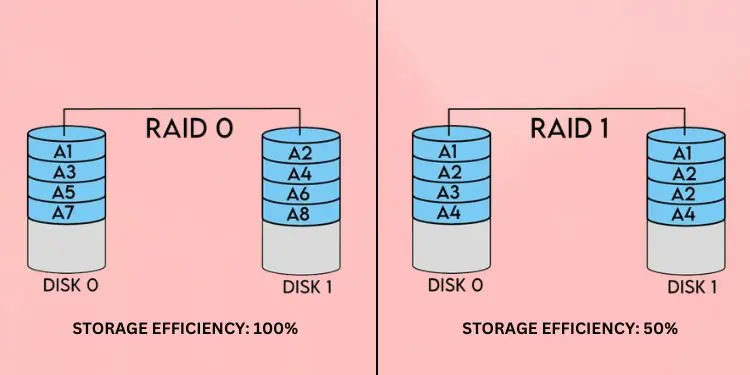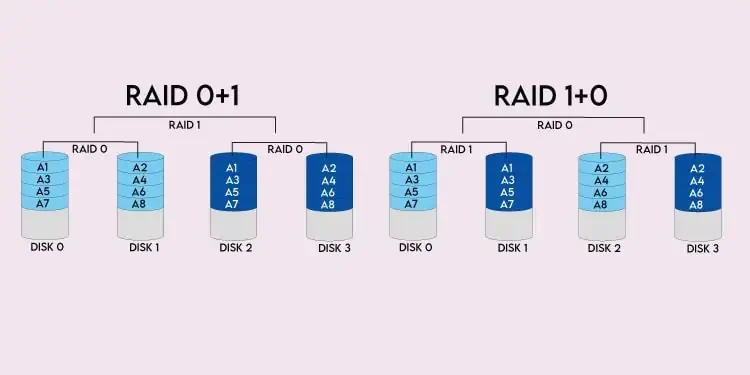Among the various RAID levels, RAID 0 and RAID 1 are the most basic ones. Understanding their data distribution is simple and the setup is comparatively less tricky. Like any other RAID type, their primary purpose is to provide better speed, redundancy, and fault tolerance.
While RAID 0 is based on disk striping, RAID 1 follows the disk mirroring or shadowing principle. The former doesn’t provide redundancy and is completely performance-driven while the latter falls behind read/write speed but offers redundancy.
If you only acquire two storage drives, these are the only RAID options you’ll have as most of the others require at least three. When comparing RAID 0 and RAID 1, you’re left to choose between better performance and fault tolerance.
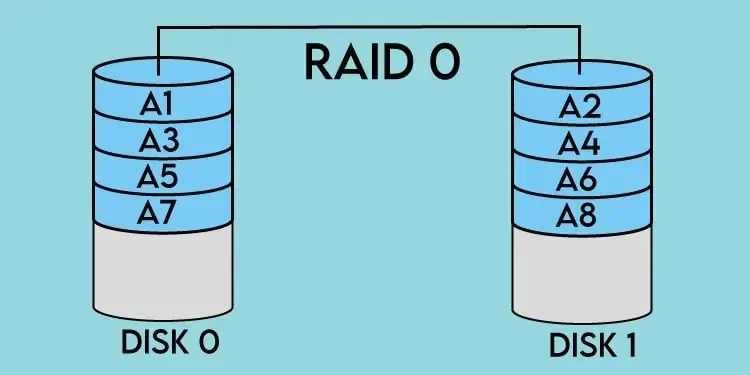
So, which one would be the best for you? Let’s explore each of them along with their differences in detail.
Redundant Array of Independent/Inexpensive Disks 0, or simply RAID 0 divides the data into blocks/stripes and stores them in separate disks. Technically, this is termeddisk striping.
For example, if you have set up RAID 0 with two storage drives, data ‘A’ is broken down into two stipes. One of the drives is going to store the odd bits (A1, A3, A5, and A7) while the other stores the even bits (A2, A4, A6, and A8).

Note:The working of RAID 0 varies based on storage systems. Some may divide the data into clusters while others follow byte, block, or partition-based striping.
Sincemultiple disks perform read/write operationson the same data parallelly, the performance is going to be better. In the above scenario, the use of two drives offers twice the bandwidth than that of a single disk.
While RAID 0 is best in terms of performance, this isn’t as reliable as one might think. Since a single piece of information is stored in multiple drives, you’ll ultimately lose your data even if one of them fails.
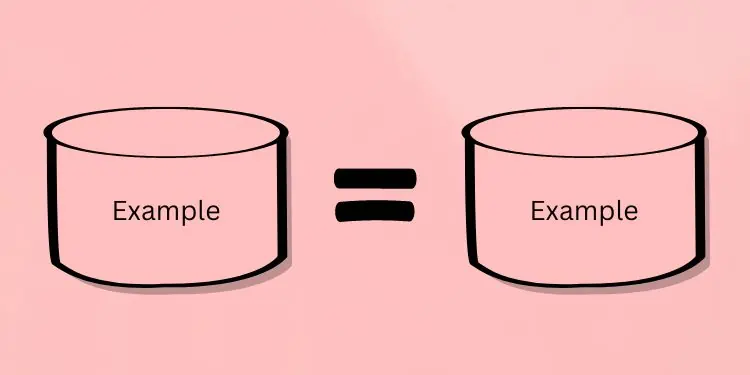
As such, implementing RAID 0 with multiple drives (say 4, 5, or even more) would be a bad idea. However, if you only seek extreme performance, this is the bestRAID levelout there.
It’s ideal for live streaming, gaming, video editing, andnon-critical storage purposes. Note that you should never consider RAID 0 if you’re looking to back up important files.
I’ve come across several users implementing RAID 0 on HDDs for achieving better performance. Well, I do not recommend this for two main reasons. A single SSD will offer a much better performance no matter how many hard drives you’re using for the RAID 0 setup. Secondly, the chances for HDD to fail are much higher in comparison to a solid-state drive.
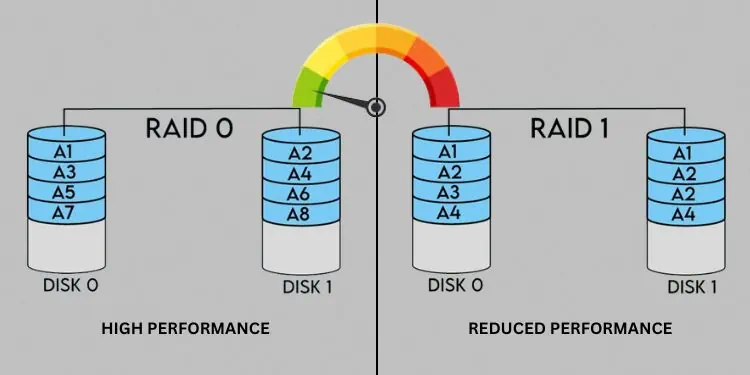
Despite this drawback, RAID 0 is still the easiest one to set up and is relativelycost-friendlyas it can be set up using just two disks. Also, it doesn’t implement parity data and all the hardware controllers support it. Below I have listed its pros and cons for better analysis.
While RAID 0 doesn’t provide data redundancy, RAID 1 (Redundant Array of Independent/Inexpensive Disks 1) is all about it. This RAID level works bydisk mirroring–copying data from one disk to the other.
For example, if you have set up RAID 1 with two storage drives, data ‘A’ in the first is copied to the second. As you may see in the figure above, A1, A2, A3, and A4 in Disk 0 are replicated onto Disk 1.
